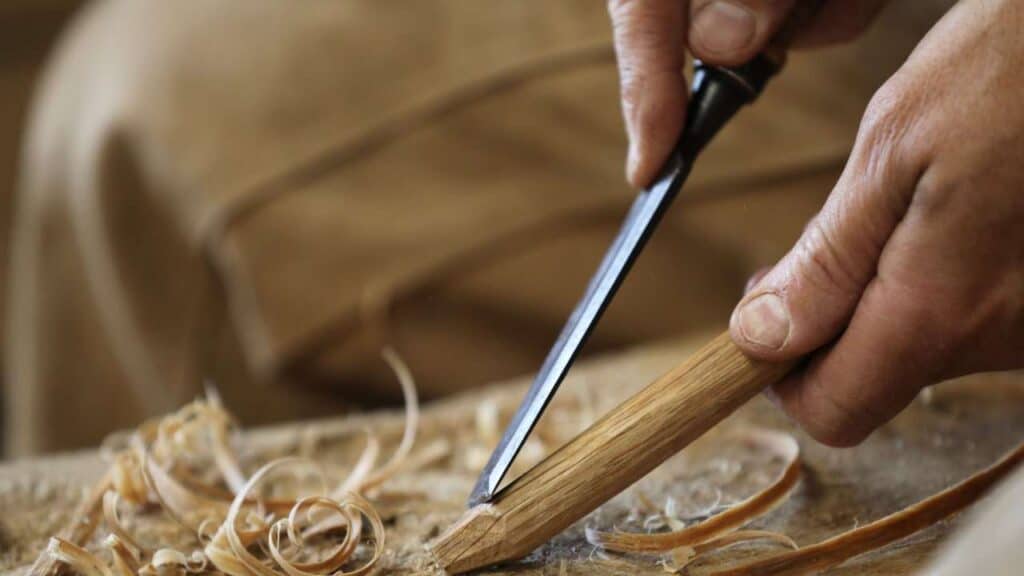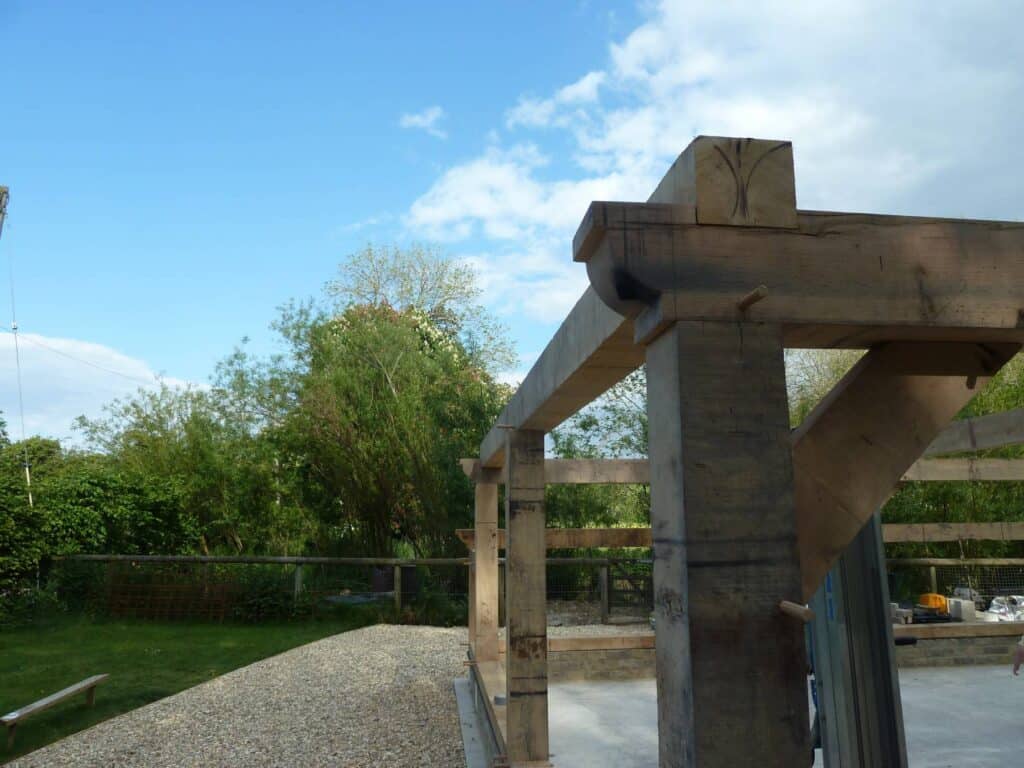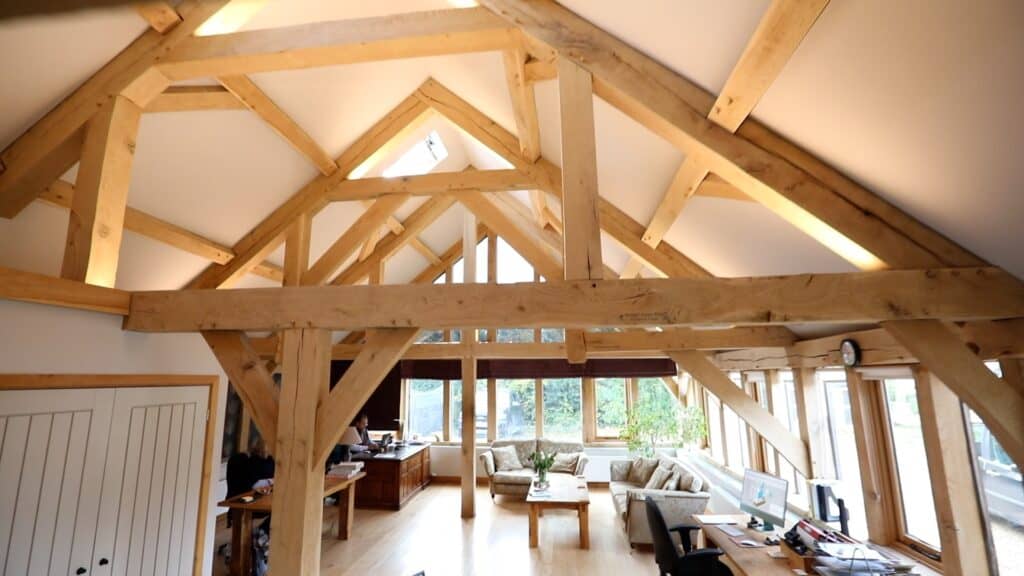At Timberpride we believe you can’t beat the combination of the human eye and discretion for reading the wood, the lay of the grain pattern understanding how the oak will behave in the frame. And of course, the least wasteful, pragmatic and honest use.
Oak is an idiosyncratic, quirky, stubborn material and for this simple reason automating the crafting of oak is never as successful as traditional hand skills.




